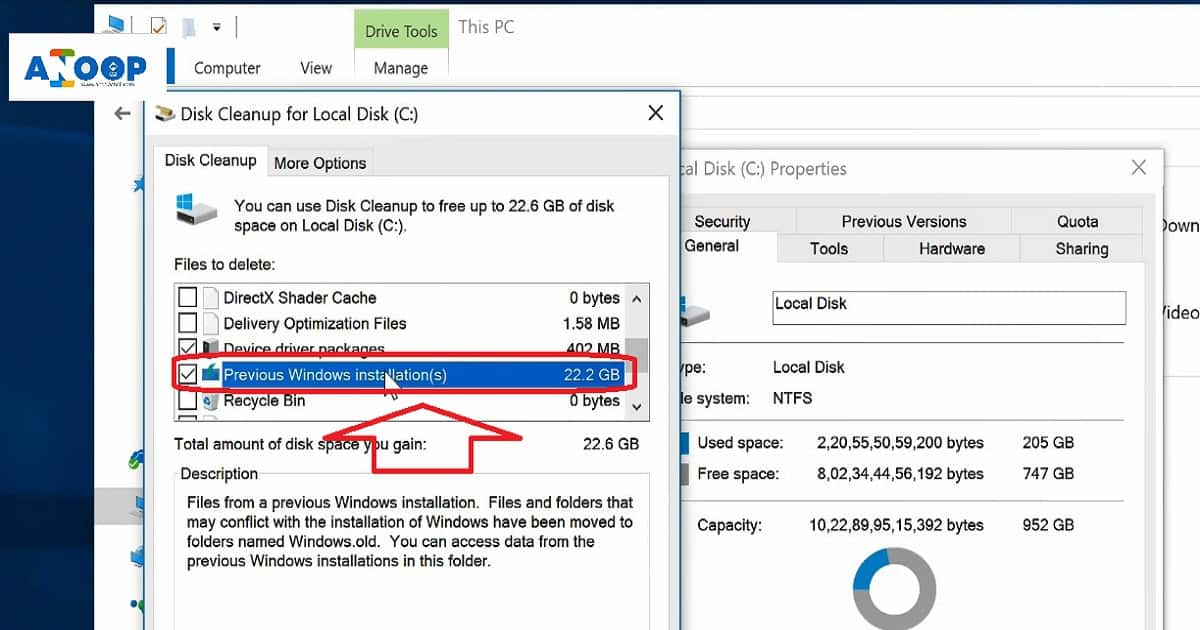

TrgLangIso2 : Two-letter code of the target language of the document.SrcLangIso3: Three-letter code of the source language of the project.SrcLangIso2 : Two-letter code of the source language of the project.Template: The name of the template that was used to create the project.Normally, the subject field of the source documents. Subject: Contents of the Subject field of the project.Normally, the narrower subject or the genre of the source documents. Domain: Contents of the Domain field of the project.Normally, the name of the end-user of the translation. Client: Contents of the Client field of the project.Project: Contents of the Project field of the project.The window looks like this if you're setting up the template for online projects (you chose the Export MQXLIFF on server action): The window looks like this if you're setting up the template for a local projects (you chose the Export to MQXLIFF action): The MQXLIFF export settings window appears. Next to the list, click the Settings button. If you can't add this action because it's already there: Under Actions added to the selected trigger, click Export to MQXLIFF or Export MQXLIFF on server.

This saves the MQXLIFF file on the server, in the project file store. To set up the template for online projects: Choose Export MQXLIFF on server instead. This action saves the MQXLIFF file on the local computer.

The Select actions you want to add to the trigger window appears.


 0 kommentar(er)
0 kommentar(er)
